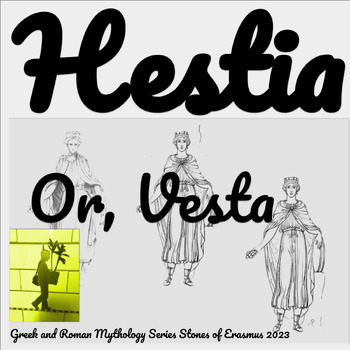Greetings, dear readers!
 |
| Download a free PDF of an Athena-Inspired coloring book. |
Meet Athena: The Goddess of Wisdom
For those who are new to Greek mythology, Athena, also known as Minerva in Roman mythology, is the goddess of wisdom. She is often depicted as a perpetual virgin and is symbolized by the owl. This powerful and wise goddess is the star of our coloring book. Each coloring book page displays Athena in myriad ways, ranging from serious to whimsical interpretations. We've applied our creative license, delivering unique depictions of the goddess to inspire your imagination. To deepen the learning experience, we've also included a "Further Reading Guide" with links to mythology-related books and websites where you can discover more about Athena and her fascinating stories.
Use the Coloring Book in the Classroom
This Athena-inspired coloring book is an excellent resource to supplement a mythology unit for middle or high school students. Each student could be assigned a different 'Athena' and invited to develop their creative writing skills by crafting a backstory, detailing the goddess's character traits, or elaborating on a specific myth.
And of course, the book can also serve its traditional purpose: providing hours of coloring fun!
Let's Respect Copyright
We feel it's important to mention that this coloring book is protected by U.S. copyright law. It is intended for educational purposes in a classroom setting and not for wider distribution. If you know a fellow teacher or educator who might benefit from this resource, we encourage you to share the link to this post. Let's respect creativity and the hard work of creating these resources.
Get Your Free Coloring Book Today
Our Athena coloring book is more than just a book; it's an invitation to explore, learn, and have fun. So why wait? Click the link, download your free Athena-inspired coloring book, and embark on a fascinating journey into the world of Greek mythology!
(Note: This blog post is subject to copyright. Please ensure you adhere to the terms mentioned above. For the premium version of the coloring book, click here!)
Happy coloring!




.png)




